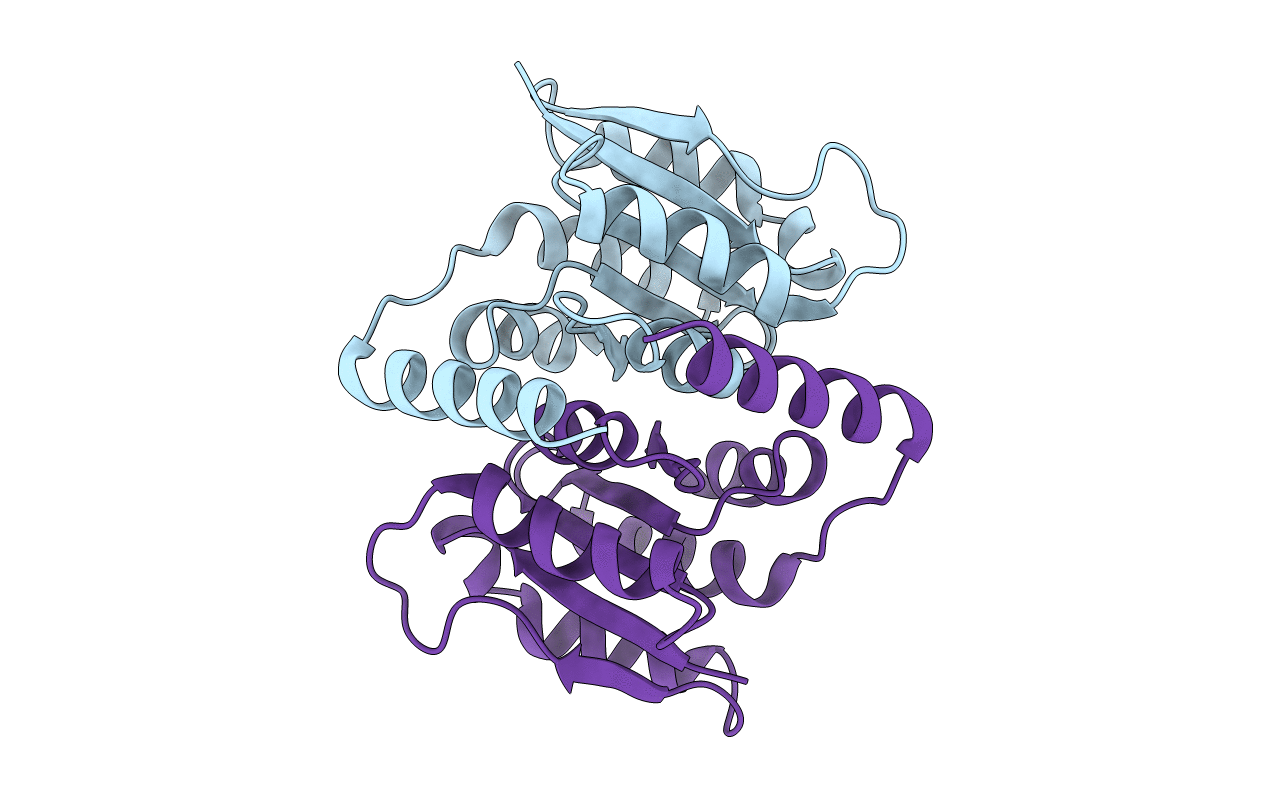
Deposition Date
2009-10-13
Release Date
2010-10-27
Last Version Date
2023-09-06
Entry Detail
PDB ID:
3K7O
Keywords:
Title:
Structure of type B ribose 5-phosphate isomerase from Trypanosoma cruzi
Biological Source:
Source Organism:
Trypanosoma cruzi (Taxon ID: 353153)
Host Organism:
Method Details:
Experimental Method:
Resolution:
2.00 Å
R-Value Free:
0.22
R-Value Work:
0.19
R-Value Observed:
0.20
Space Group:
P 42 21 2


